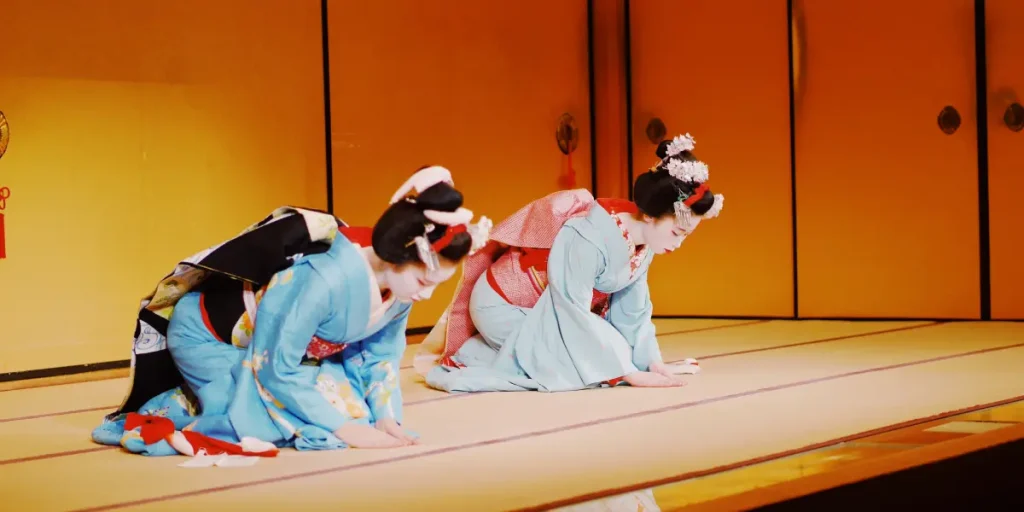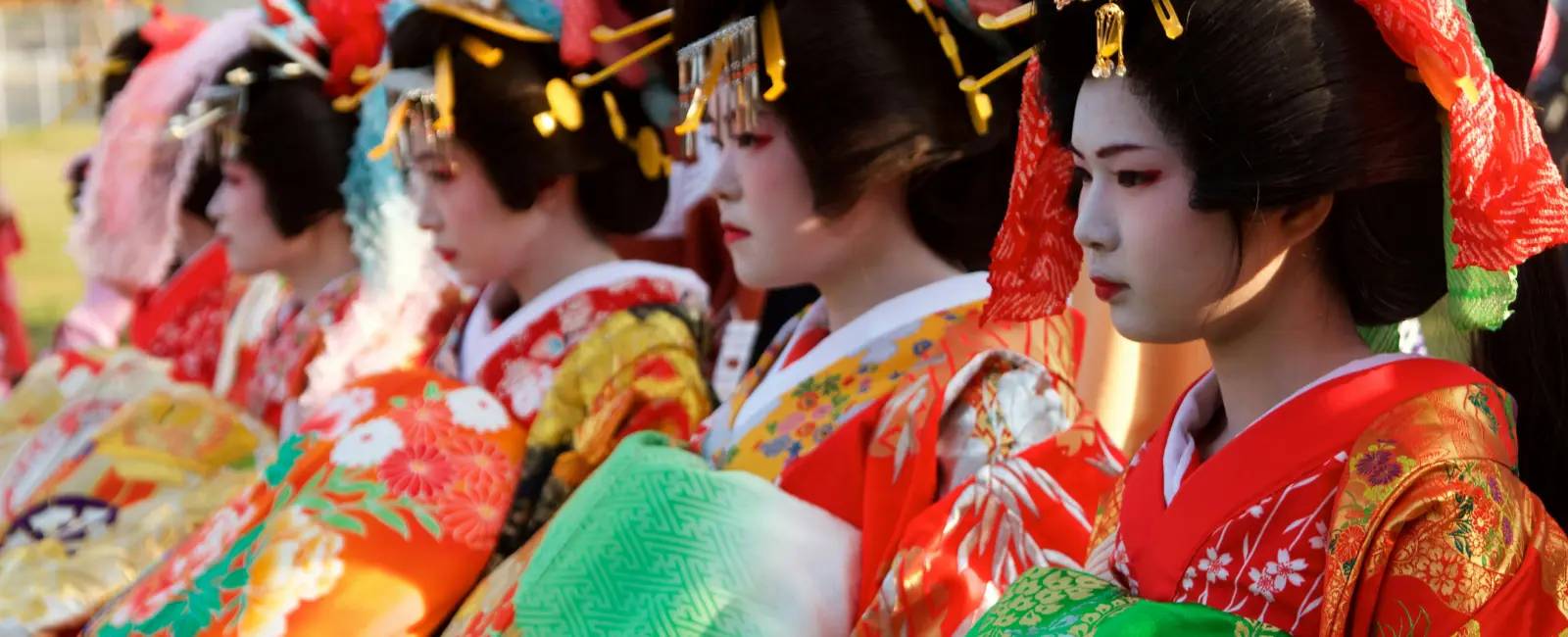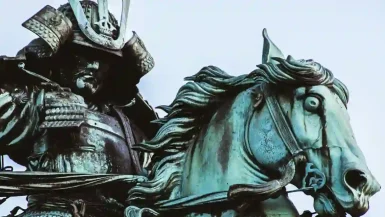Introduction
Geishas, the epitome of grace and tradition, hold a unique place in Japanese culture. These skilled performers, adorned in elaborate kimonos, continue to captivate people worldwide. In this blog, we will explore the history, training, and cultural significance of geishas. Additionally, we will provide insights into geisha tours, offering an authentic glimpse into their intriguing world.
The Historical Significance of Geishas
Origins of Geishas
The origins of geishas date back to the 18th century. Initially, men served as entertainers in tea houses. Gradually, women took on these roles, evolving into the geishas we recognize today. Their purpose was to entertain guests with music, dance, and conversation, creating an atmosphere of refinement and elegance.
Geishas and the Edo Period
During the Edo period (1603-1868), geishas flourished. The rigid class structure of this era allowed the geisha profession to thrive. Geishas became symbols of cultural sophistication, offering an escape from the strict societal norms. They entertained samurai, merchants, and nobility, contributing significantly to the cultural fabric of Japan.
The Meiji Restoration and Beyond
The Meiji Restoration (1868) brought significant changes to Japan. Western influences began to permeate society, impacting traditional arts, including the geisha profession. Despite these changes, geishas adapted and continued to play a vital role in Japanese culture. Today, they remain symbols of tradition and cultural heritage.
The Training and Life of a Geisha
Becoming a Maiko
The journey to becoming a geisha begins as a maiko, or apprentice geisha. Typically, young girls start their training in their early teens. They undergo rigorous training in traditional arts, including dance, music, tea ceremony, and calligraphy. This period of apprenticeship can last several years, during which maikos live in okiya (geisha houses) under the guidance of senior geishas.
The Transformation into a Geisha
Upon completing their training, maikos graduate to become full-fledged geishas. This transition involves a ceremony known as “erikae,” where the maiko changes her hairstyle and dons a more sophisticated kimono. As geishas, they continue to refine their skills and participate in various cultural performances and events.
The Role of an Okasan
The okasan, or “mother” of the okiya, plays a crucial role in a geisha’s life. She oversees the training and well-being of the maikos and geishas, managing their schedules and finances. The okasan ensures that the geisha house runs smoothly, providing support and guidance to her charges.
Cultural Significance of Geishas
Preservation of Traditional Arts
Geishas are custodians of traditional Japanese arts. They keep alive ancient practices like the tea ceremony, traditional dance (nihon buyo), and playing musical instruments such as the shamisen and koto. Through their performances, geishas contribute to the preservation and promotion of Japan’s cultural heritage.

Geishas and Modern Japanese Culture
In contemporary Japan, geishas continue to hold cultural significance. They are celebrated in literature, films, and popular media. Geishas also participate in cultural festivals and events, showcasing their talents to both locals and tourists. Their presence adds a touch of elegance and tradition to modern Japanese society.
The Symbolism of the Kimono
The kimono, worn by geishas, is a symbol of Japanese culture. Each kimono is a work of art, reflecting the wearer’s status, age, and the season. The intricate designs and vibrant colors of kimonos worn by geishas enhance their performances, creating a visual feast for the audience.
Experiencing Geisha Culture: Tours and Encounters
Geisha Districts in Japan
To experience geisha culture firsthand, visiting geisha districts (hanamachi) is essential. Kyoto, particularly the Gion district, is renowned for its geisha culture. Other notable hanamachi include Pontocho in Kyoto, Asakusa in Tokyo, and Kanazawa’s Higashi Chaya district. These areas are steeped in history and tradition, offering a glimpse into the world of geishas.
Geisha Tea House Visits
Visiting a geisha tea house, or ochaya, is a unique way to experience geisha culture. These exclusive establishments offer intimate encounters with geishas, who entertain guests with music, dance, and conversation. Tea houses like Ichiriki Chaya in Gion have a long history and continue to uphold the traditions of geisha entertainment.
Geisha Performances and Events
Geisha performances and events are popular attractions for tourists. In Kyoto, the annual Miyako Odori showcases the talents of geishas and maikos through elaborate dance performances. Additionally, many cities host seasonal events where geishas perform traditional arts, providing an opportunity for visitors to witness their skills up close.
Geisha Tours: A Closer Look
Guided Walking Tours
Guided walking tours of geisha districts offer an immersive experience. Knowledgeable guides lead visitors through the historic streets, sharing insights into the lives of geishas and the history of the hanamachi. These tours often include visits to key landmarks and sometimes offer the chance to meet a maiko or geisha.
Geisha Dinner Experiences
For a more intimate encounter, consider a geisha dinner experience. These exclusive dinners, often held in traditional inns (ryokan) or private venues, feature performances by geishas. Guests can enjoy a multi-course kaiseki meal while being entertained by the graceful dances and music of the geishas. This type of tour provides a unique cultural immersion.
Geisha Makeover Experiences
Some tours offer geisha makeover experiences, allowing participants to dress as a geisha or maiko. These experiences typically include dressing in an authentic kimono, applying traditional makeup, and a photoshoot. It’s a fun and educational way to learn about the intricacies of geisha attire and appearance.
Seasonal Geisha Tours
Seasonal tours provide a unique perspective on geisha culture. For example, during cherry blossom season, geisha tours often include hanami (cherry blossom viewing) events. In autumn, tours may feature visits to temples and gardens, highlighting the seasonal beauty. These tours allow travelers to experience geisha culture in harmony with Japan’s natural splendor.
Geisha Etiquette: Understanding the Cultural Norms
Respectful Behavior
When interacting with geishas, it is important to show respect and appreciation for their art. Refrain from touching their kimono or hair ornaments. Photography is usually allowed, but always ask for permission first. Geishas are professionals who have dedicated their lives to their craft, and they deserve admiration and courtesy.
Engaging in Conversation
Engaging in conversation with a geisha can be a delightful experience. They are skilled conversationalists, trained to entertain guests with interesting and witty dialogue. Be polite and considerate, and avoid controversial or personal topics. Geishas are well-versed in various subjects, making for enjoyable and enriching conversations.
Observing Traditions
During geisha performances and events, it is essential to observe the traditions and customs. Follow the lead of your host or guide, and participate in the activities with respect. Whether it’s a tea ceremony or a dance performance, embracing the cultural practices enhances the overall experience.
The Future of Geishas in Japanese Culture
Challenges and Adaptations
The geisha profession faces several challenges in modern times. The declining number of maikos and geishas, as well as the high costs of training and maintaining an okiya, pose significant hurdles. However, geishas continue to adapt to changing times. Many geishas now use social media to reach a broader audience and promote their art.
Preserving Tradition
Efforts to preserve geisha culture are ongoing. Organizations and individuals dedicated to cultural preservation work tirelessly to support the geisha community. These efforts include funding for training, promoting geisha performances, and raising awareness about the importance of this cultural heritage.
The Role of Tourism
Tourism plays a vital role in sustaining the geisha profession. Geisha tours and experiences provide essential income for the geisha community. By participating in these tours, visitors contribute to the preservation of geisha culture. Additionally, tourism helps to promote cross-cultural understanding and appreciation.
Conclusion
Geishas, with their timeless grace and artistry, continue to enchant and inspire. Their role in Japanese culture is both significant and enduring. Through geisha tours and experiences, travelers can immerse themselves in this fascinating world, gaining a deeper understanding of Japan’s rich cultural heritage. Whether you are witnessing a traditional dance, enjoying a tea ceremony, or engaging in conversation with a geisha, the experience is sure to leave a lasting impression. Embrace the opportunity to explore the world of geishas and discover the beauty and elegance of this cherished tradition.



